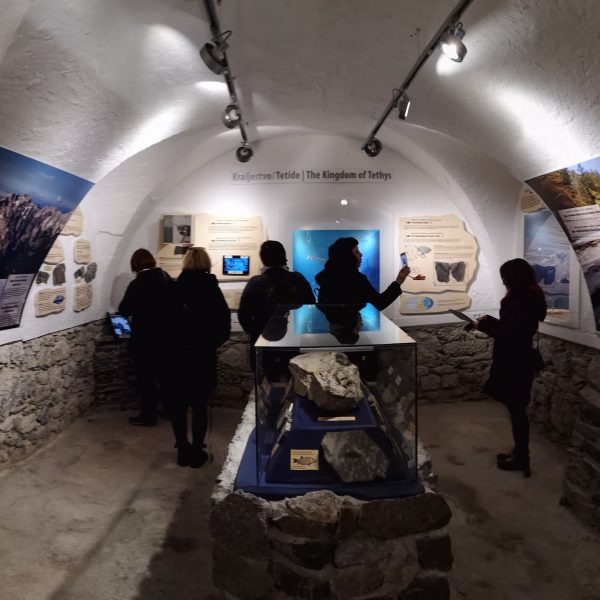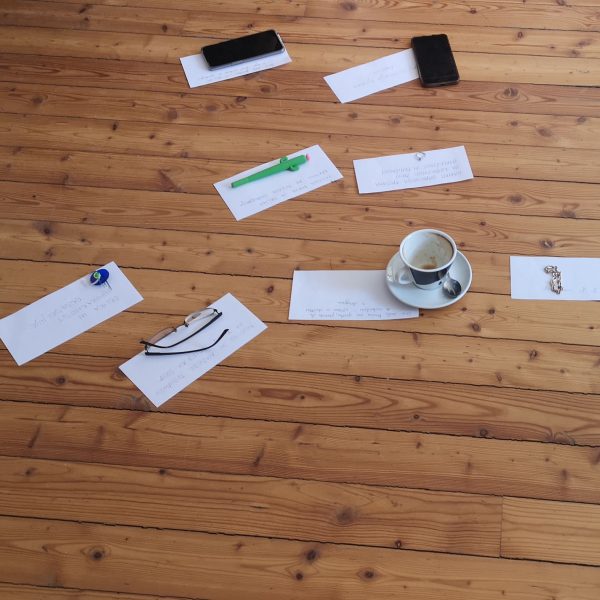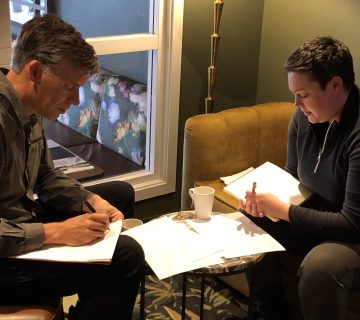The rich and exceptional heritage of Solčava was the focus of the first CIP course in Slovenia for a dozen new planners.
The first Certified Interpretive Planner (CIP) course in Slovenia came at the right time for all the participants. All of us had previous experiences with the planning of interpretation, although all of us in different scopes. We all had different backgrounds and experiences in the interpretation of heritage, but this created an interesting mix of knowledge, experiences and insight in the process of planning interpretation.
The exceptional heritage of Solčavsko was of great help to create an interesting case for us. We worked on a case study to upgrade the existing exhibition of Solčavsko heritage in the Rinka centre. We learned the process of planning through a real case scenario, which I consider an important upgrade, and it helped us to better understand the process as a whole. It is easier to understand the principles of the process and why the process of interpretation planning is based on values rather than on interpretation services.
I enjoyed our discussions during the course and also in the evenings. It was fruitful to have such a diverse yet experienced group, and some discussions led into deep theoretical debates of meanings and values, whilst some were more practical. Our final presentations to the mayor and some other stakeholders made an impression on them. Although it was only a learning case, we managed to consider some of the solutions we prepared during the course.
Our learning environment was excellent and we kept good spirits even late into the evenings. On our final evening we spent an hour with a colleague from a digital solutions company discussing the inclusion of digital solutions into interpretation and the views on digital media as a part of interpretation services.
For me, the course led to new insights on how to manage the planning of interpretation in a focused and structured way. The real case scenario helped me to understand each phase and the process as a whole. And I should not forget all my colleagues from the course. I have delivered some courses myself and still think that the experiences, knowledge and ideas of the participants are sometimes the keys to a successful course. On this particular course, I think that was the case for sure. I hope we remain an interpretation planning community in Slovenia and help each other overcome any struggles in interpretation.
Aleš Skaličworks in a regional development agency in Pomurje Region, Slovenia (www.rcms.si). He works mostly on sustainable related projects and especially on nature as a precious part of regional heritage and in interpretation and conservation of nature. You can reach him at: ales.skalic@gmail.com.
To cite this article: Aleš Skalič (2022)
Available online:






